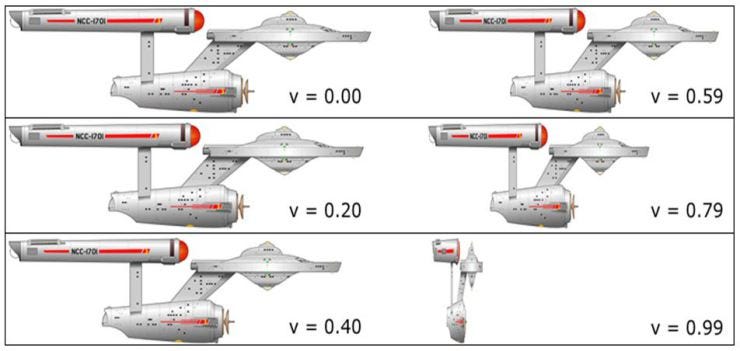I am aware that many readers here will take any criticism of special relativity as denigration of the great man of science, Albert Einstein. I would like to state at the outset that this is not the case, almost ALL of our present-day science is based on one or another of his seminal discoveries.
If closely examined, the claims of Special relativity, that time dilates and distances contract in order to make the speed of light the same for all frames of reference, does not make sense. A little-known aspect of the theory is that the two-way speed of light is equal to the one-way speed of light. This means that the time taken for a beam of light to travel from New York to London would be the same as the time taken for the beam of light to travel from New York to London and back to New York.
“Albert Einstein chose a synchronization convention (see Einstein synchronization) that made the one-way speed equal to the two-way speed.’ Wikipedia
A very little thought shows that this must be true. If two observers were watching the beam of light, one observer in New York and the other in London, then for the speed of light to be the same for both observers, time would have to dilate and lengths to contract. A little thought shows that the train examples used by Einstein, (imagine a transparent train) in which a beam of light bounced off mirrors on the floor and roof of the carriage, would take the same time for both observers, the one on the platform and the one on the train. For this to be true time would have to expand and lengths to contract for the observer on the platform to see light move at the same speed that the observer on the train sees. This is just a simpler example of the london to New York example. Because time dilates and lengths contract (i.e., distances become smaller) for the speed of light to remain constant for all observers. Ok, so far all the problems to do with special relativity are very circumspect. We have Bob and Tom and Ann travelling in space and comparing their observation with those of Ed on earth. Very nice. But the real world is not like that in the real-world thousands of events take place simultaneously. Look at the twin paradox, where the twin staying behind on earth ages by four extra years over the twin that travelled to a distant star. Think what would happen if instead of just the twins, a hundred people travelled to the same star, all at speeds near to that of light. It is undeniable that it would take each of those hundred space-ships a different amount of time to reach the star, and each of them would travel a different distance and so on. What does this mean? It means that the number of possible frames of reference would approach 100! Each with a different view of things. How is it even possible to imagine that trhey are all living in the same place? One hundred factorial is a number bigger than the number of atoms in the milky way! Read this article on “Is the aether real?” to see some worked problems:
Before we move on to a discussion on the merits or demerits of an Aether, it is probably best to try to understand the theory that…

medium.com



